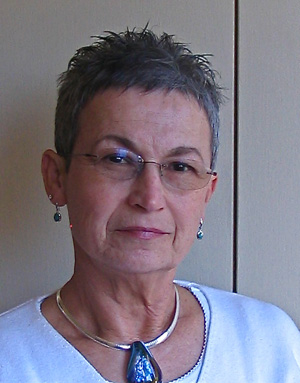
Judi Iranyi
By Judi Iranyi, guest editorial
June 28, 2009
According to an “Analysis of the Outcomes of the San Francisco Community Justice Court” by Milissa Sills (June 17, 2009), a majority of the cases heard by San Francisco’s Community Justice Court (CJC) were discharged as were over 90 percent of the following types of cases: public nuisance, lodging, and obstructing sidewalk. Proponents of the CJC argue that those cited for so-called “quality of life” crimes are accessing social services even if their cases are discharged.
What social services? And what are the short and long-term outcomes?
A 2000 Duke University study demonstrated that people with psychotic disorders who received court-ordered treatment for 180 days had significantly better outcomes than those who were given either intensive treatment alone, or a court order alone. This study points out that solving social problems is a long-term, continuing process. But San Francisco does not have an assisted outpatient program, which would allow court-ordered, intensive long-term outpatient treatment. Thus, once a person completes a diversion program, he (or she) is too often dumped back on the street with no housing, no job, little or no income, and no followup by a professional case manager. As a result, I would expect the recidivism rate to be high.
To add to the problem, San Francisco’s budget for social service programs, permanent housing, and homeless shelters is already stretched to the maximum. As the economy worsens, the budget for social services will be further reduced and some programs even eliminated while more San Franciscans will need those services. As a result, we will continue to hear public and media outrage about the “unsightly” inebriates, the rantings of the the mentally ill, and the homeless camping in Golden Gate Park, doorways and alleys.
The reason for creating a CJC was “to provide immediate intervention with an objective of preventing on-going cycles of recidivism, improving the lives of offenders and residents of the community, and using restorative justice tools for offenders to give back to the community they have harmed.” Is this objective being realized?
As the CJC has been in operation only a few months, it is probably too early to tell. However, I would like to see a followup study to ascertain what specific social service programs were accessed and the short and long-term outcomes. That will help us determine whether the CJC is or is not meeting its intended purpose and whether the cost of the CJC is justified.
Judi Iranyi is a licensed clinical social worker, a social services advocate for the Homeless Advocacy Project, and a former member of San Francisco’s Shelter Monitoring Committee.


 The Hunger Site
The Hunger Site
No Comments
Comments for Is the Community Justice Court Meeting its Intended Purpose? are now closed.